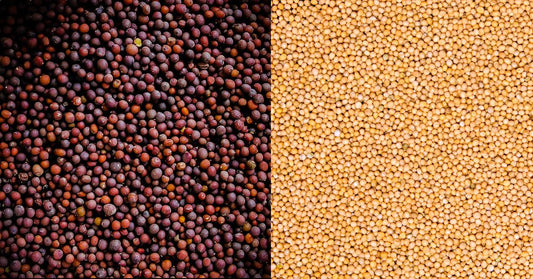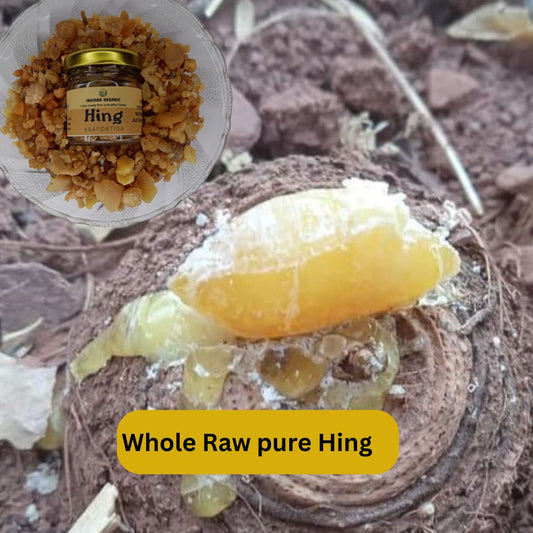In the realm of culinary treasures, few spices hold as much allure and mystique as asafoetida, commonly known as "hing." A culinary cornerstone in many cuisines, especially in Indian cooking, the purity of asafoetida, particularly in its raw form, is paramount for both flavor enhancement and medicinal efficacy. In this comprehensive guide, we will delve into the nuances of pure raw hing and explore effective methods for testing its authenticity.

Demystifying Pure Raw Hing:
Raw hing, or pure asafoetida, stands as a testament to culinary excellence and traditional remedies. Sourced from the resinous sap of the Ferula plant, this unadulterated form of hing boasts unparalleled aroma, flavor, and medicinal properties. However, the market inundated with adulterated versions necessitates a discerning eye to distinguish the genuine from the counterfeit.
Testing the Purity of Raw Hing:
1. Visual Inspection:
- Color and Texture: Authentic raw hing exhibits a distinct yellow-brown hue with a smooth texture. Any deviation from this appearance may indicate adulteration.
- Consistency: Pure raw hing typically presents as a solid resinous mass. In contrast, adulterated versions may contain visible impurities or irregularities.
2. Aromatic Evaluation:
- Odor Profile: The hallmark of pure raw hing is its potent and pungent aroma, reminiscent of garlic and onions. Adulterated hing often lacks this characteristic scent or may emit off-notes.
3. Water Solubility Test:
- Solubility: Dissolve a small amount of raw hing in water. Genuine raw hing should partially dissolve, leaving behind a milky suspension. Excessive residue or lack of solubility may indicate impurities.
4. Flame Examination:
- Ignition Test: When ignited, pure raw hing should burn steadily, emitting a distinctive sulfurous odor. Any irregularities in the burning process or unusual odors could suggest adulteration.
5. Chemical Analysis:
- Alcohol Solubility: Pure raw hing readily dissolves in alcohol. Conducting a simple alcohol test can help identify any insoluble residues, indicating potential adulteration.
- Iodine Reaction: Mix a solution of iodine with raw hing. Genuine hing will not react with iodine, whereas adulterants such as flour or starch may produce a characteristic color change.
6. Microscopic Examination:
- Microstructure: Under a microscope, authentic raw hing reveals distinct cellular structures and resinous components. Adulterated samples may exhibit foreign particles or altered morphology.
Conclusion:
In the pursuit of culinary excellence and holistic well-being, discerning consumers must prioritize the authenticity and purity of raw hing. By employing a combination of visual, olfactory, chemical, and microscopic tests, individuals can confidently identify genuine raw hing and unlock its myriad benefits. Whether enriching the flavors of your favorite dishes or harnessing its medicinal properties, pure raw hing stands as a beacon of quality and authenticity in the culinary world.




